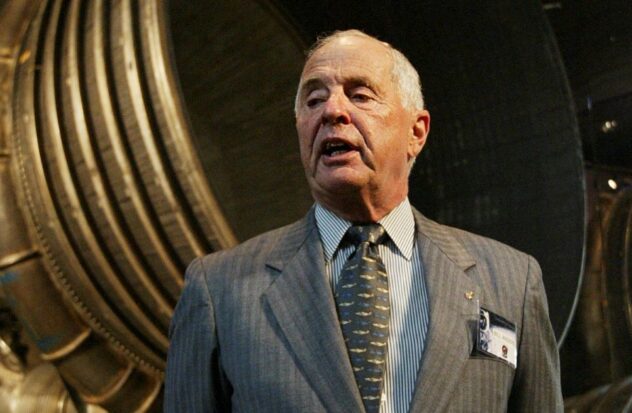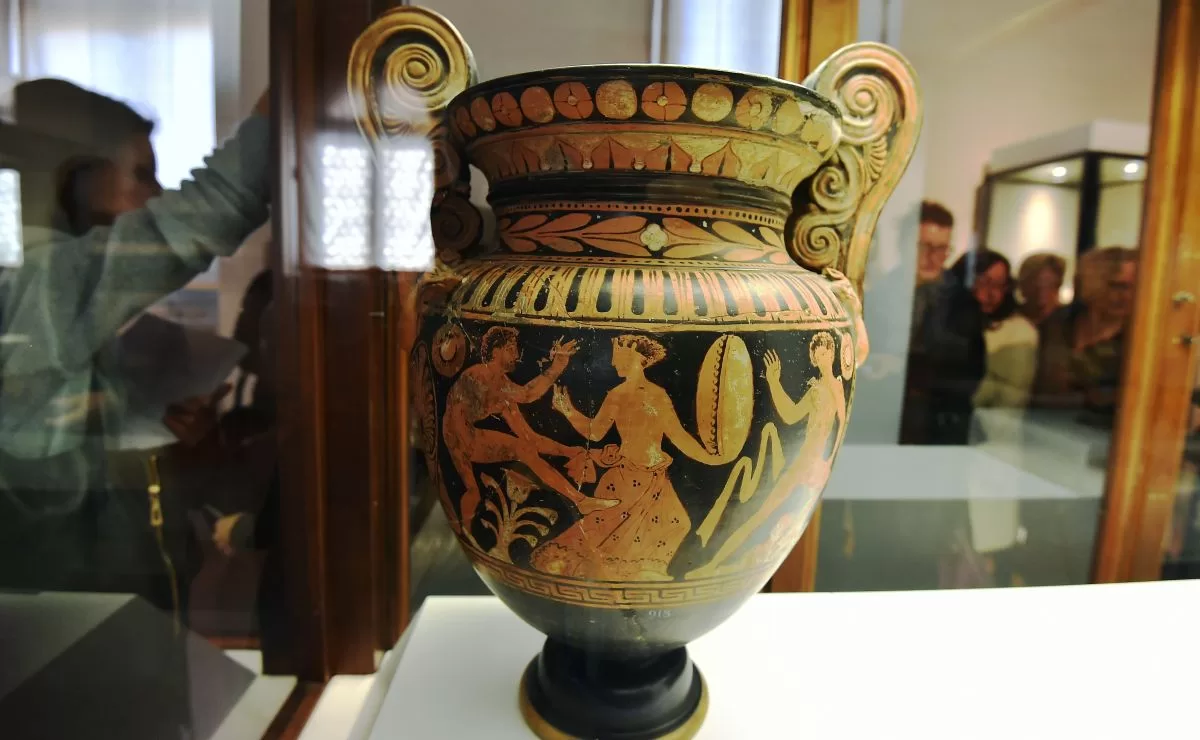His son, retired Air Force Lieutenant Colonel Greg Anders, confirmed his death, “the family is devastated (…) he was a great pilot and we will miss him terribly.”
“iconic photo”
William Anders, a retired major general, went on to say that the photo was his most significant contribution to the space program, as was making sure the Apollo 8 command module and service module worked.
The photograph, the first color image of Earth from space, is one of the most important in modern history for the way it changed how humans viewed the planet. The image is credited with kick-starting the global environmental movement by showing how delicate and isolated the Earth looked from space.
NASA administrator and former senator Bill Nelson said Anders embodied the lessons and purpose of exploration.
“He traveled to the threshold of the Moon and helped all of us see something else: ourselves,” Nelson wrote on the social platform X.
Anders took the photo during the crew’s fourth orbit around the Moon, frantically switching from black-and-white to color film.
“My God, look at that picture over there!” Anders said. “Here comes the Earth. Wow, how pretty!”
The Apollo 8 mission in December 1968 was the first human spaceflight to leave low Earth orbit and travel to the Moon and back. It was NASA’s boldest and perhaps most dangerous voyage up to that point and one that set the stage for the Apollo moon landing seven months later.
“Bill Anders forever changed our perspective of our planet and ourselves with his famous Earthrise photo on Apollo 8,” wrote Arizona Senator Mark Kelly, who is also a retired NASA astronaut, in X. “I inspired me and generations of astronauts and explorers. My thoughts are with his family and friends.”
A report came in around 11:40 a.m. that an older-model small plane crashed into the water and sank near the north end of Jones Island, San Juan County Sheriff Eric Peter said. Greg Anders confirmed to KING-TV that his father’s body was recovered Friday afternoon.
Only the pilot was aboard the Beech A45 small plane at the time, according to the Federal Aviation Association.
The National Transportation Safety Board and FAA are investigating the crash.
In a 1997 NASA oral history interview, William Anders revealed that he did not think the Apollo 8 mission was risk-free, but there were important national, patriotic, and exploration reasons for moving forward. He estimated that there was about a one in three chance that the crew would not return and an equal chance that the mission would be a success and an equal chance that the mission would not even happen. He added that he suspected Christopher Columbus sailed against worse odds.
He recounted how the Earth seemed fragile and seemingly physically insignificant, but it was his home.
“We had been going backwards and upside down, we didn’t really see the Earth or the Sun, and when we turned and arrived we saw the first terrestrial sunrise,” he said. “That was certainly by far the most impressive thing. Seeing this very delicate and colorful orb that to me looked like a Christmas tree ornament rising out over this very harsh and ugly lunar landscape was really a contrast.”
Anders said in retrospect that he wished he had taken more photos, but mission commander Frank Borman was concerned about whether everyone was rested and forced Anders and Command Module pilot James A. Lovell, Jr. to sleep. , “which probably made sense.”
Chip Fletcher, a professor at the University of Hawaii who has done extensive research on coastal erosion and climate change, remembers seeing the photo as a child.
“It just opened my mind to realize that we are alone, but we are together,” he said, adding that it still influences him today.
“It’s one of those images that never leaves my mind,” he said. “And I think that’s true for many, many people in many professions.”
Who was William Anders?
Anders served as a reserve crew member for Apollo 11 and Gemini XI in 1966, but the Apollo 8 mission was the only time he flew into space.
Anders was born on October 17, 1933 in Hong Kong. At the time, his father was a Navy lieutenant aboard the USS Panay, which was an American gunboat on the Yangtze River in China.
Anders and his wife, Valerie, founded the Heritage Museum of Flight in Washington state in 1996. It is now located at a regional airport in Burlington and features 15 aircraft, several vintage military vehicles, a library and many artifacts donated by veterans, according to the museum’s website. Two of his sons helped him run it.
The couple moved to Orcas Island, in the San Juan archipelago, in 1993, and maintained a second home in their hometown of San Diego, according to a biography on the museum’s website. They had six children and 13 grandchildren. His current Washington home was in Anacortes.
Anders graduated from the Naval Academy in 1955 and was a fighter pilot in the Air Force.
He later served on the Atomic Energy Commission, as American chairman of the joint US-USSR technology exchange program for nuclear fission and fusion energy, and as ambassador to Norway. He later worked for General Electric and General Dynamics, according to his NASA biography.
Source: AP






